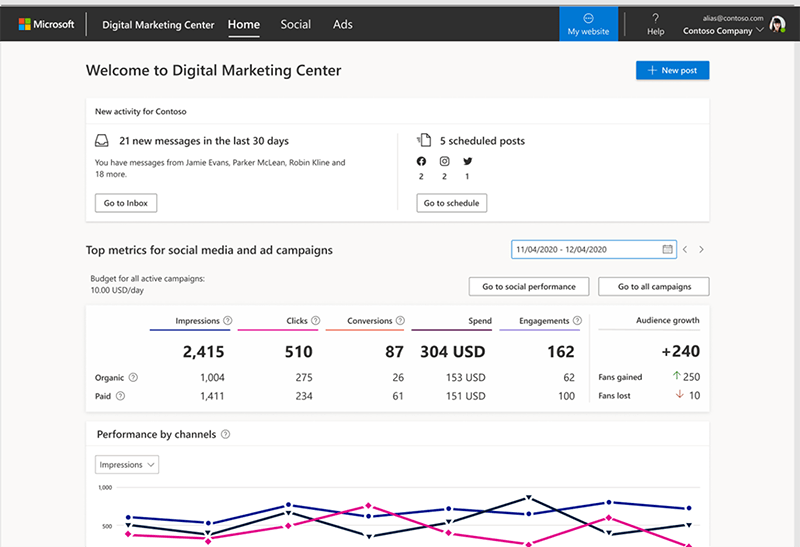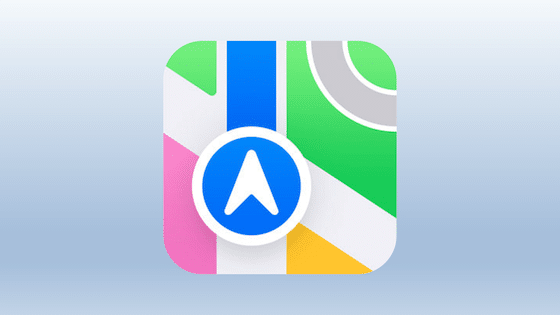Microsoft has officially entered the website-builder competitive fray. Last week, it announced a new suite of free tools designed for SMBs to get a website up and running quickly. As a product driver, the company points specifically to the fact that 36 percent of SMBs don’t have a website, though they’re table stakes these days.
Because SMBs are the target market, one of the product’s trumpeted features is easy website creation. That includes an onboarding wizard that helps SMBs pick a URL, and pre-populate their business details. It can also pull info from a Facebook profile. It then takes care of the rest, including formatting and layout.
This process takes away lots of the customization that’s typically seen in website builders today, but does so in the name of simplicity. The result is what you can see in the image below (and others here): a clean and professional design, if a bit simplistic. In fairness, it lets SMBs customize components, such as:
— Customer action button (Call now, Send email, Get quote, etc.)
— Cover image
— Business summary
— Social posts
— Reviews
— Gallery
— Business contact information
— Social links

Loss Leader
The new website builder will sit under Microsoft’s Digital Marketing Center, its division that focuses on online tools for SMBs. As noted, the tool will be free for SMBs to use — indicating that its purpose is likely to onboard more SMBs, some of which could convert to Digital Marketing Center paid customers.
This makes the new product a bit of a loss leader, which should ring alarm bells for existing website builders. Put another way, it’s always concerning when a tech giant launches a loss leader that competes with your core (paid) product. A classic example is how Google Maps decimated standalone navigation software.
As for who those existing players are, it’s the usual suspects such as Wix, Squarespace; and those that focus on SMBs such as Mono Solutions. One counter-argument for the above competitive concerns is that these players differentiate on a more advanced set of features than the “bare bones” nature of Microsoft’s new tool.
Furthermore, website builders continue to expand into other areas, which differentiates their services. For example, we’ve seen ample expansion into website-adjacent areas like eCommerce, email marketing and social media. These moves are driven by the need to boost ARPU, retention rates and overall margins.

Margin-Compression
Zeroing in on that last driver (margins), this has been a big factor in the website-builder world. As we’ve examined, core revenue streams like hosting have become commoditized with “race-to-the-bottom” pricing pressure. So many have been forced to integrate adjacent functions that have greater margins.
This is all to say that natural market factors have pushed website builders into greater levels of competitive differentiation. So a free website builder from Microsoft isn’t as worrisome to the website-builder world as it may have been 5-10 years ago. The sector has also survived other such offerings, like Google Sites.
We’ll watch closely to see where this goes next.




